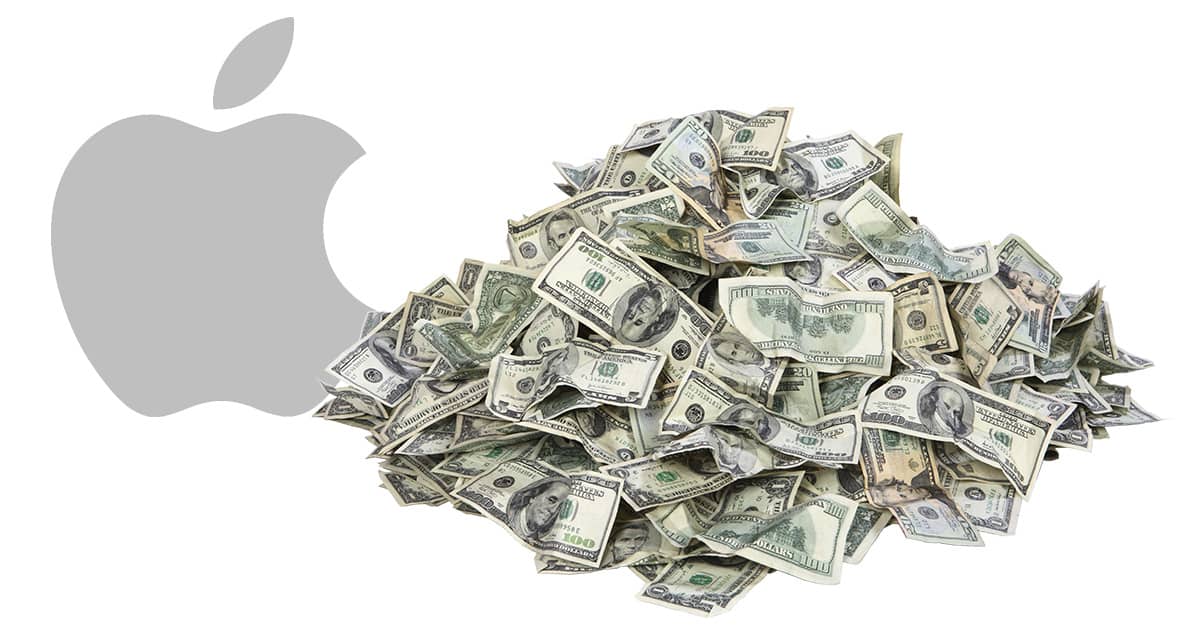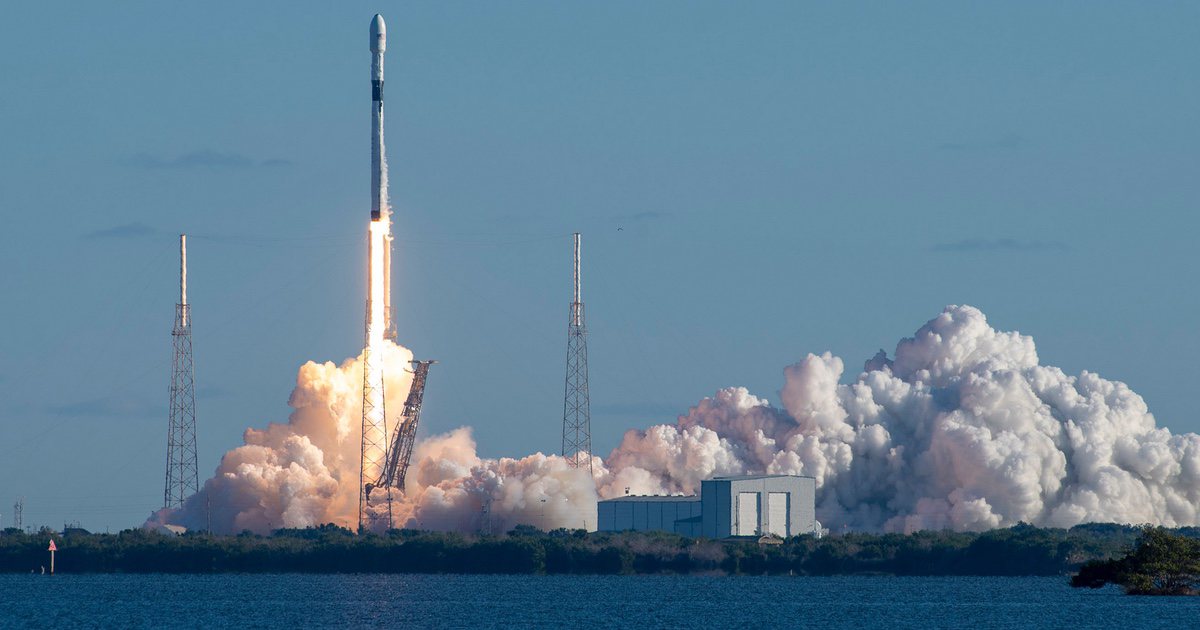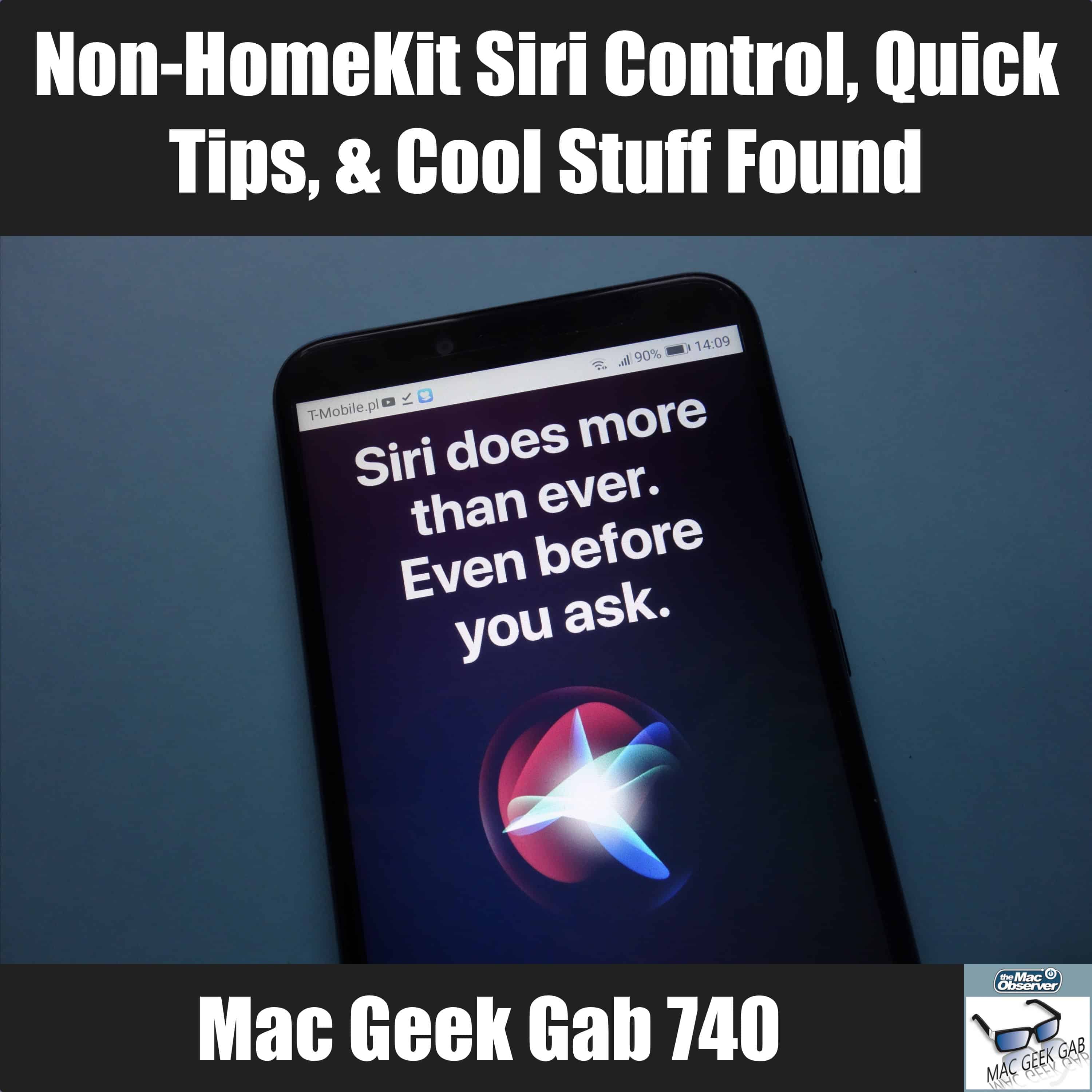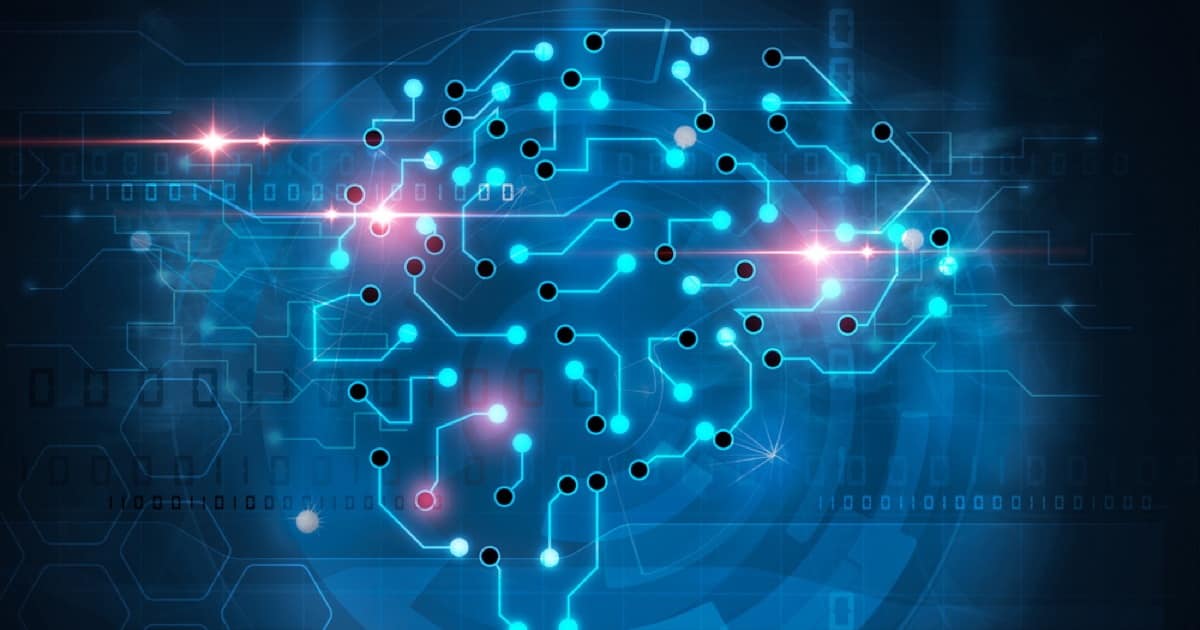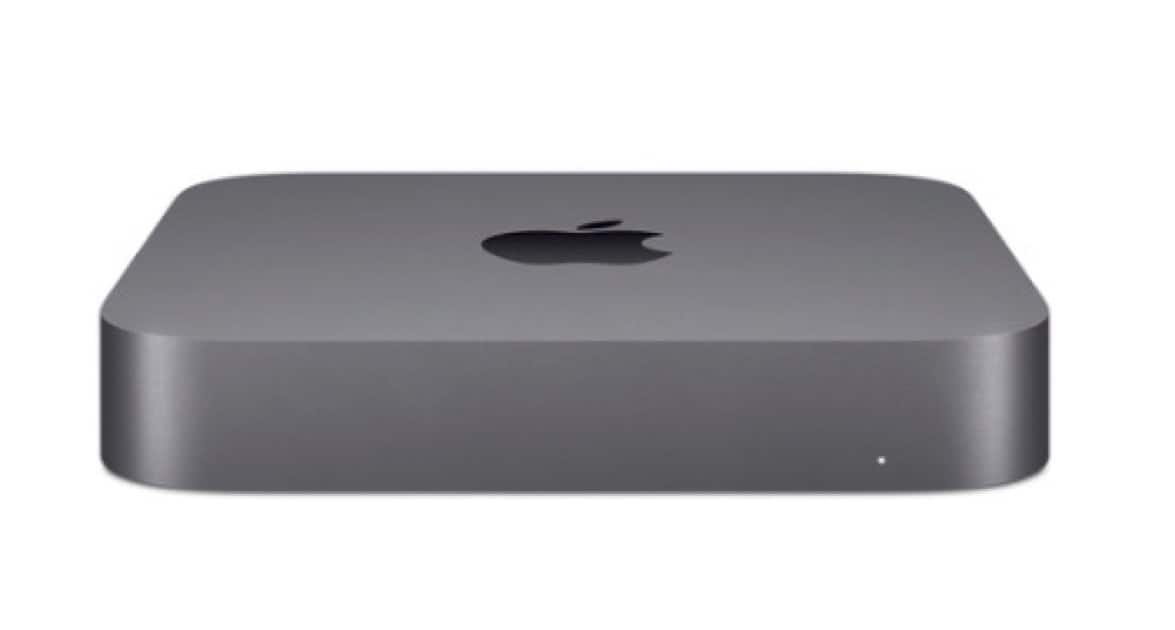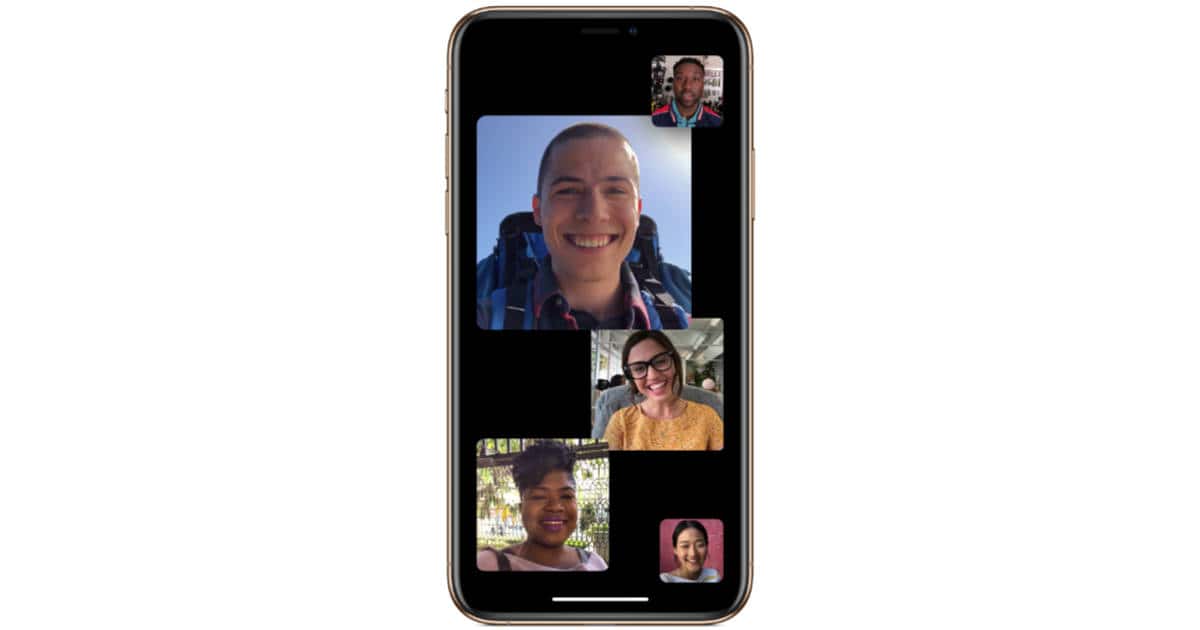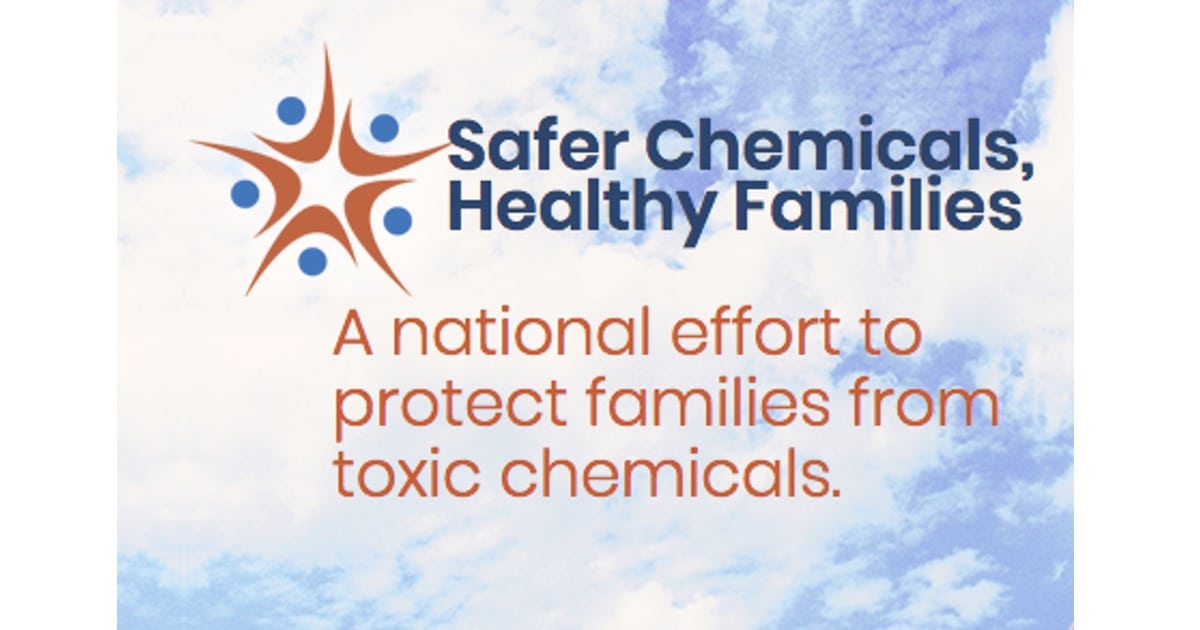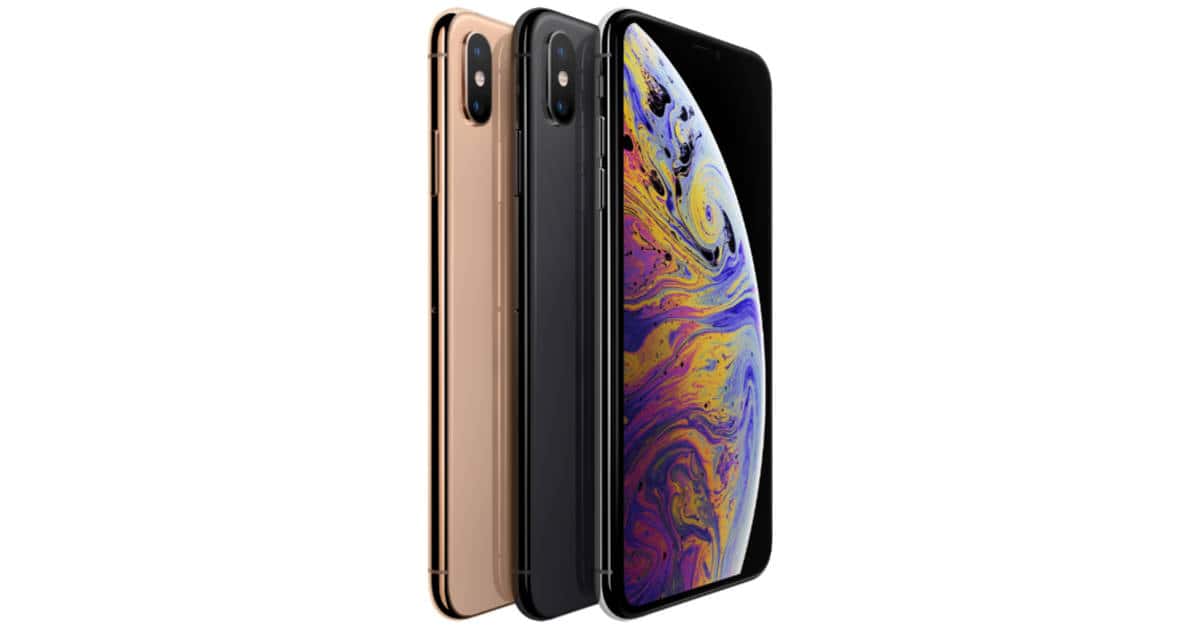Wall Street was unimpresed by Apple’s December Quarter revenue shortfall, and analysts raised concerns about China and pricing.
Search: watch 10
Apple's Close Your Rings Page Updated With Testimonials
Apple’s Close Your Rings page has been updated with testimonials from athletes and how they use the Activity app.
Roku Reveals Premium Subscription Plan Similar to Apple's
Roku announced a premium subscription that will mix free and premium content in a manner similar to what Apple is reportedly developing.
Elon Musk's SpaceX Conducts first Mission for U.S. Military
SpaceX took the U.S. Air Force’s new GPS III satellite into orbit, completing its first launch for the U.S. military.
Paul McCartney, Emma Stone Make Apple Music Anti-Bully Video
Mr. McCartney’s most recent album—Egypt Station—was released back in September. It has 16 tracks and the song Who Cares has an anti-bullying message.
Non-HomeKit Siri Control, Restoring from Trash, Quick Tips, and Cool Stuff Found – Mac Geek Gab 740
Have you ever wanted to use Siri to control something that’s not HomeKit-compatible? You’re not alone. Also, you’re in luck! John and Dave have an answer for you. On top of that, quick tips, Cool Stuff Found, and your questions answered. Press play and let’s go!
The Proper Regulation of Artificial Intelligence
Doctors are licensed. Some construction engineers are licensed. Health departments can pull the permit of an unsafe restaurant to operate. It’s all for public safety. The same goes for AI. This article discusses how “Using artificial intelligence in sensitive areas like criminal justice and healthcare should be regulated.” It goes further.
For instance, workers at Google criticized the search giant’s executives for considering signing a Defense Department contract that involved helping the government use image-recognition technology for military-purposes. Amid the backlash, Google dropped out of a $10 billion cloud computing contract with the agency, citing its internal policies against using machine learning for warfare and surveillance.
Microsoft has urged “thoughtful government regulation” of facial recognition technology. All this is something to watch.
iPhone Saved Shipwrecked Group's Lives
An iPhone helped save the lives of a group whose boat capsized in high seas. The device kept working, meaning the friends could call for help.
Apple Offers Six Free Audiobooks Read by Celebs
Apple Books is offering six free audiobooks read by celebrities like Kate Beckinsale, Kelsey Grammer, and Tituss Burgess.
Carpool Karaoke Dominated UK YouTube in 2018
Carpool Karaoke ruled the UK in 2018, but users were less impressed with the video platform’s Rewind 2018 video.
A Raging Argument: 2013 Mac Pro or 2018 Mac mini?
Peter von Panda anguished over his decision. Would a used 2013 Mac Pro be a better choice for the money than a 2018 Mac mini? The debate rages on.
Marriott Hotels has Suffered one of the Biggest Data Breaches in History
The Marriott hotel group has suffered one of the biggest corporate data breaches in history, data from half-a-billion customers stolen.
Here's How to Play Battlefield 5 Free for a Week
Electronic Art’s customer service account on Twitter is offering people the chance to play Battlefield 5 free for a week.
Apple Stopped Signing iOS 12.0.1, Stopping Users from Downgrading
Apple has officially stopped signing iOS 12.0.1, meaning users can no longer downgrade from iOS 12.1 to the older version of the operating system.
Apple's Black Friday Is Here and Mostly Ho-Hum
Apple has never been big on sales, but there’s something about making everything but the newest models eligible for gift cards extra insulting.
No Roger, NoSQL, No Rent – Mac Geek Gab Podcast 736
Before you gobble up all your turkey, gobble up some new tips and info and tricks and, yes, even some fun toys! ‘Tis (almost) the season, and you don’t want to miss out. Press play and enjoy!
Former Facebook Privacy Advisor says Silicon Valley Lost its Soul
Former Facebook privacy advisor Dipayan Ghosh argues that Silicon Valley prioritizes profits and conformity of thought over ethics.
Apple Toxic Chemical Reduction Efforts Rated A+
Apple has received an A+ rating by the Safer Chemicals, Healthy Families organization for its efforts to reduce its use of toxic chemicals. AppleInsider reported that despite being found to have some room for improvement, Apple was the only firm given the top rating this year. It builds on last year when it received an A rating from the same organization. Retailer Target was the only firm to receive an A rating this year. Best Buy and Amazon were only awarded a C rating.
Safer Chemicals, Healthy Families is a body comprised of 450 businesses which has been issuing annual report cards called Mind the Store for three years. Each report awards a point score as well as an overall grade and this year Apple earned 106.25 out of a possible 135 points. Part of that point score was 15 out of 15 for what Mind the Store calls continuous improvement in a steadily expanding safer chemicals policy. It also scored 9 out of 15 for public disclosure and transparency. Other scores included 7.5/7.5 for establishing management responsibilities and 10/10 for supply chain accountability.
iOS 12: Manage Your Apple Pay Billing and Shipping Address
Here’s how to manage your Apple Pay billing and shipping address.
A Roundup of the Best 2018 Black Friday Tech Deals (Updated)
Black Friday deals seem to be appearing earlier than ever, but are they really deals? Here are some Black Friday tech deals I’ve found so far.
LG Reportedly Producing OLED Panels for iPhone
Reports are surfacing that LG has begun producing 400,000 OLED panels for Apple, most likely for the company’s OLED iPhone XS product line.
How Apple Magnets Work in Products
Apple magnets are inside iPhones, iPads, and Apple Watches. But how do they work, and what functions do they have?
That brings us to the new iPad Pro, with 102 magnets spread all around. On the new iPad, Apple’s using magnets in four primary ways: As a way to firmly attach accessories to the device’s back, as an Apple Pencil attachment, to attach the Smart Connector, and to attach a screen cover while locking or unlocking the device.
Inside Apple Iconsiam - the First Thai Apple Store
Angela Ahrendts has given some insight into Apple Iconsiam – the firm’s first store in Thailand.
Chase Ultimate Rewards Can Now be Spent on Apple Products
If you’re a Chase Sapphire, Chase Freedom, or Chase Ink card member, you’re eligible for this
